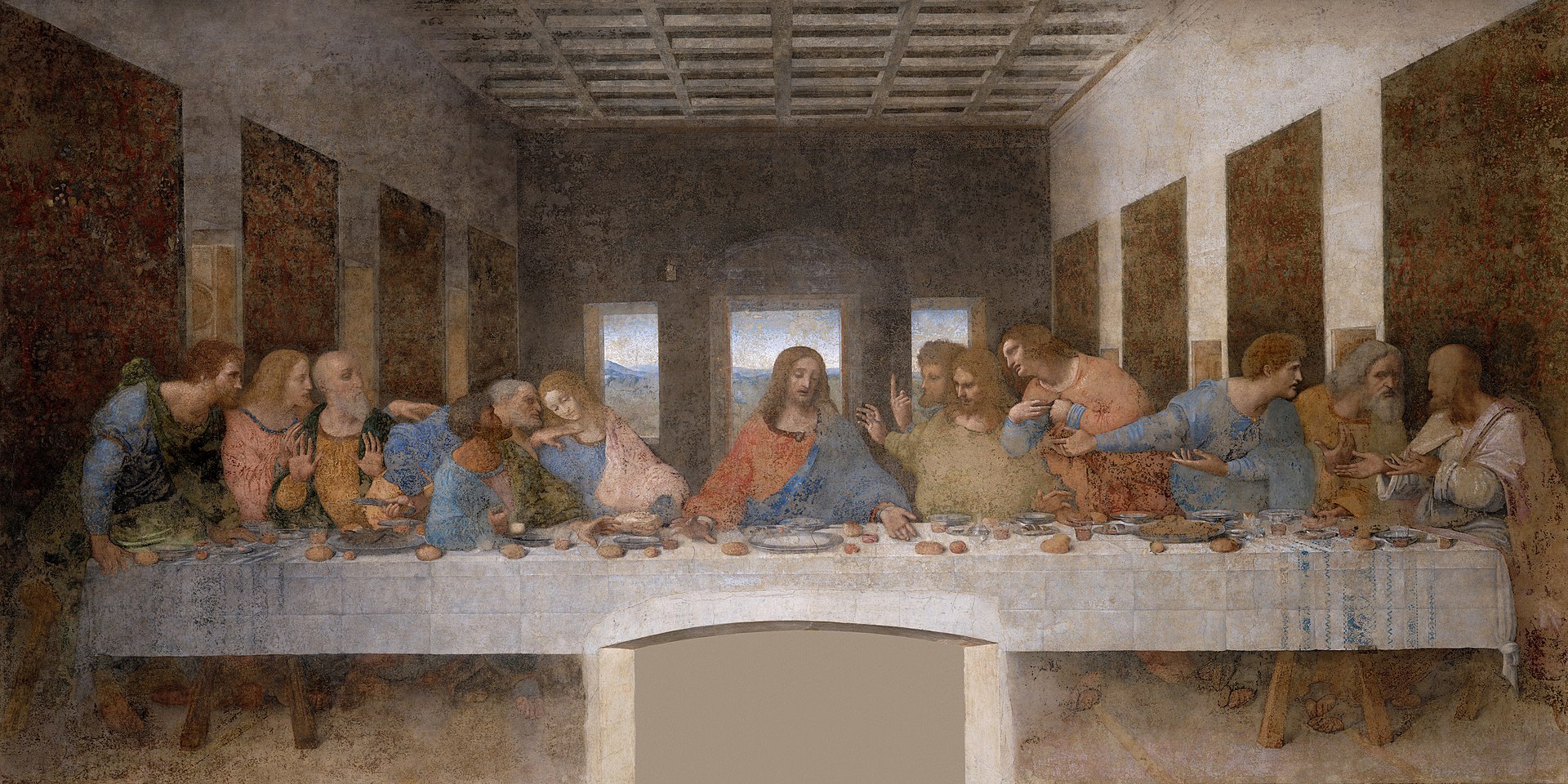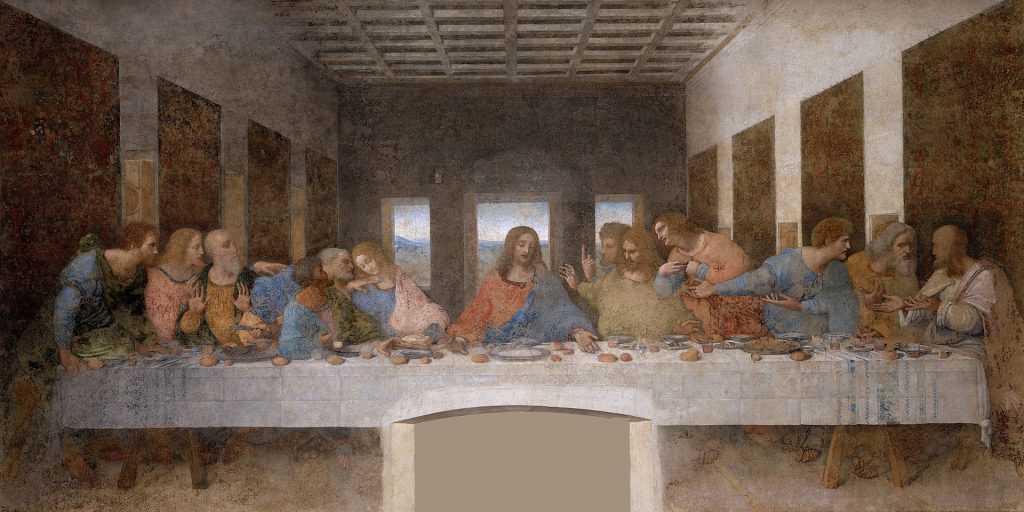

03 Nov ART 718- A little history about tablecloths
Tablecloths were already known in the Middle Ages. At that time, in wealthier homes, a long cloth was spread on the tables, which reached the floor and was not only a cover but also a napkin for revelers. In the Renaissance, the tables were located in the central part of the drawing rooms and necessarily had to be carefully covered – it was considered impolite to receive guests at a rough countertop.
Sometimes one of the guests would cut open the tablecloth spread in front of him to show that he considered any of the other diners unsuitable company for him – this was supposed to symbolically mean that the guest did not sit at the same table with the person with whom he had a quarrel or judged their behavior for inappropriate. This form of ostracism was also mentioned by other Polish writers, e.g. Mikołaj Rej.
In addition, it was common practice among the nobles to organize sumptuous parties, during which a special hierarchy was in force – the most important guests sat right next to the host, while the end of the table was reserved for the servants. For the wealthy hosts and their guests, there was always a festive cover prepared, while the servants had only unbleached linen at their disposal. It is in this custom that the origin of the phraseology “on the gray end” should be sought. In the eighteenth century, porcelain became extremely fashionable, so the tableware presented itself more carefully.
On Parties and the Dining Table, published in 1929, is a manual that begins with the words: “The first and most important rule of a good setting is immaculately clean and snow-white table linen.” This tip has not ceased to be valid until today – in most homes, you can certainly find at least one white tablecloth, taken out of the closet for the most important celebrations, e.g. Christmas Eve dinner. The meaning of the tablecloth remains the same – a properly set table is an expression of respect for guests and household members.
In ancient Rome, feasters used sudarium to wipe their face and forehead. In the Middle Ages, the mouth was wiped directly on the tablecloth, and sometimes a special strip of cloth was attached to the edges of the table, which was not covered with a tablecloth. Over time, each boarder had his own linen or cotton cloth to wipe his hands and mouth. First, they were hung on the wall near the table, then it became the custom to hang them on the left shoulder during a meal. The custom of tying a napkin around the neck appeared at the French court in the 16th century during the reign of Henry Valois. Then, at the turn of the 20th century, the feast savoir-vivre considered it inelegant, except on those occasions when shellfish were served. Apart from these cases, the napkin is placed on the lap. Contrary to modern trends, the French poet Paul Colombier and his companions founded in 1934 a gourmet club (Serviette au Cou), whose members met once a year for a gala dinner, during which tying a napkin around the neck became a mandatory rule.






Sorry, the comment form is closed at this time.